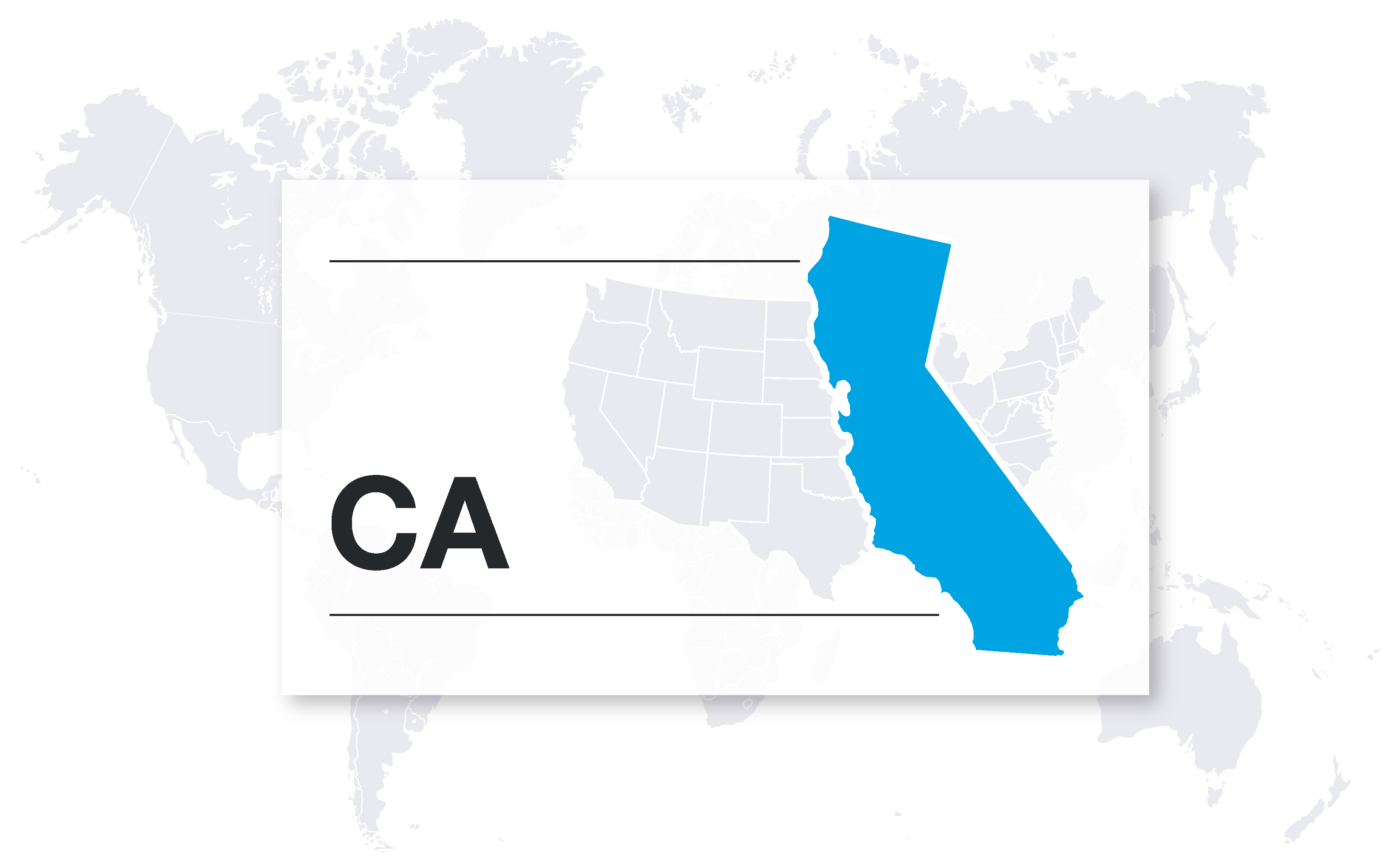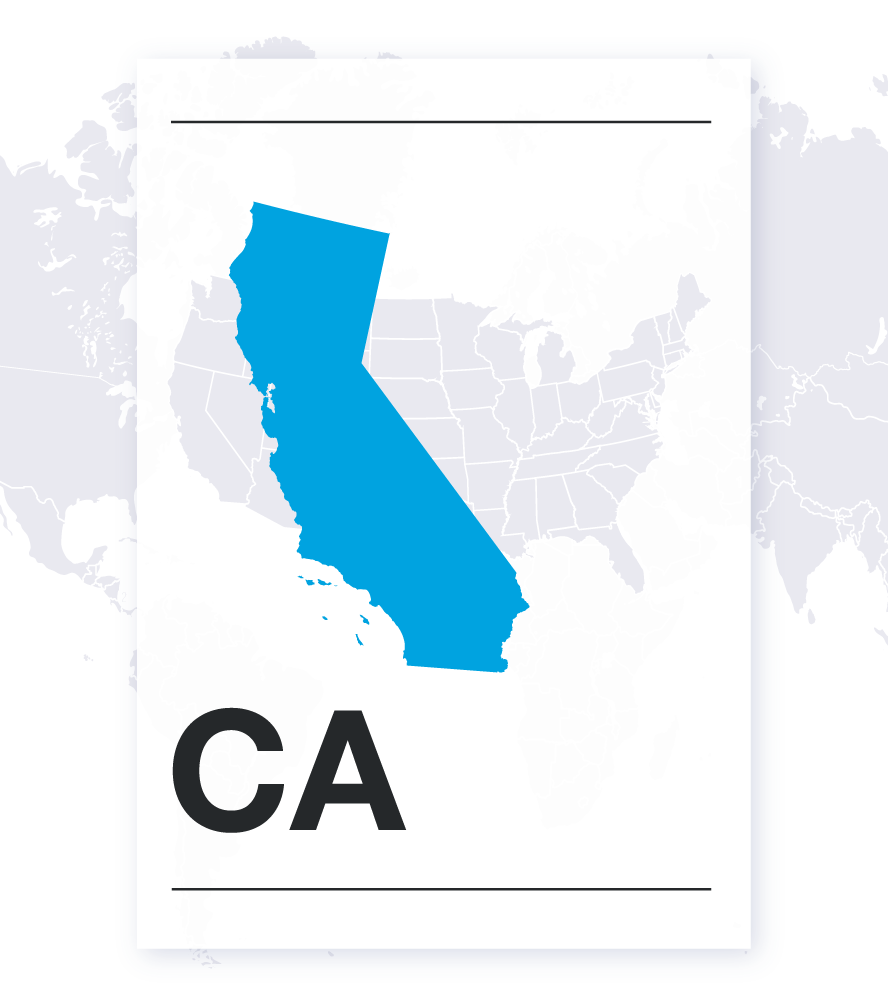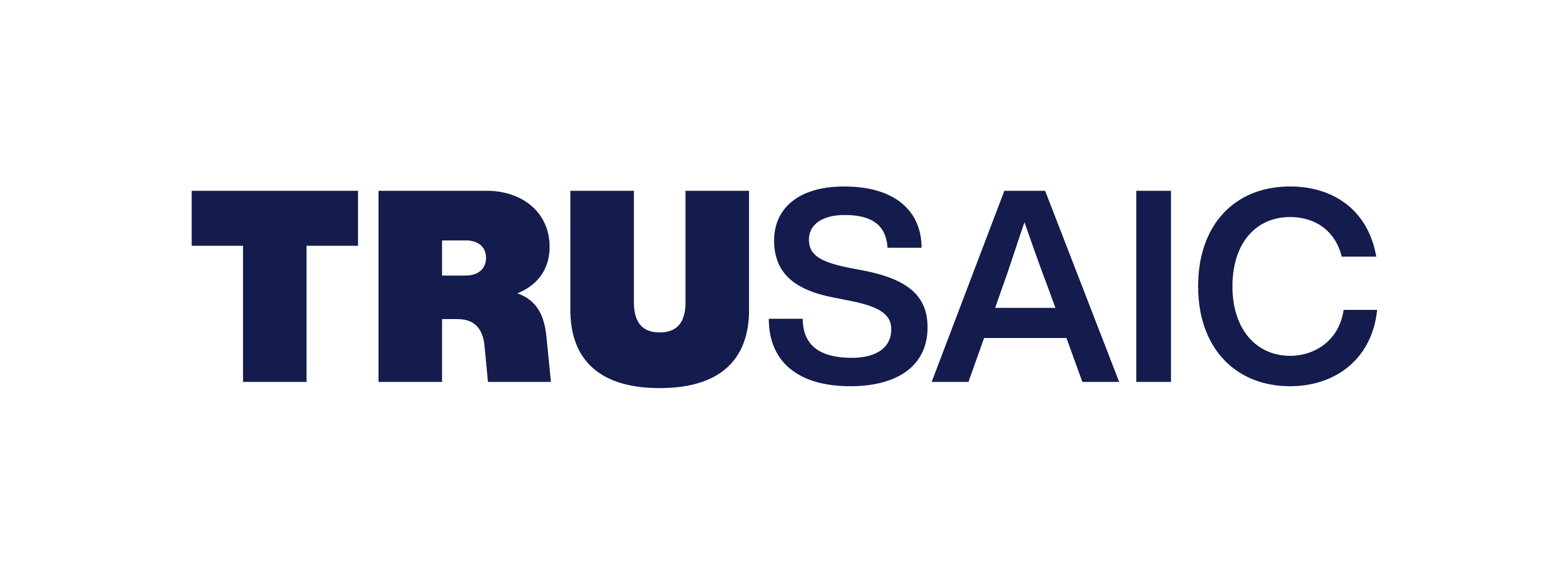U.S. — California pay data reporting law guide


Introduction
California signed its pay data reporting law (SB 1162) into law Sept. 27, 2022. It went into effect Jan. 1, 2023 and is codified as California Government Code Section 12999. While many laws in the United States focus on pay transparency, California’s law went beyond requiring employers to provide salary range information on job postings.
The law mandates that employers with employees or workers hired through labor contractors in the state are required to provide detailed pay data reporting on their workforce.
The law amends the existing California pay data reporting law SB 973. That law, signed in 2020, required private employers with at least 100 employees to submit a pay data report categorized by gender, race/ethnicity, and by job category, such as sales workers.
SB 1162 goes much further and has broader reporting implications for employers.
Contact us
California Pay Data Reporting Requirements
Who Needs to Report?
A private employer that has 100 or more employees must submit an annual pay data report to the California Civil Rights Department (CRD). In addition, a private employer that has 100 or more employees hired through labor contractors must also submit a separate pay data report on the contractors they use to supply employees (the Labor Contractor Report).
Consistent with the EEOC's EEO-1 Component 1 Report filing requirements, an employer with fewer than 100 employees is required to file if owned or affiliated with another company, or there is centralized ownership, control or management (such as central control of personnel policies and labor relations) of more than one company so that the group legally constitutes a single enterprise, and the entire enterprise employs a total of 100 or more employees.
Employers with 15 or more employees — with at least one of those employees located in California — must disclose pay ranges in all job listings.
What to Report?
Pay data reports must include both the mean and median hourly wages broken down by race, ethnicity, and gender for each job category. Employers are not allowed to submit an EEO-1 report instead of a pay data report.
For reporting purposes, the law states that the number of employees included in reporting is determined by a snapshot period, which is a "single pay period of the employer’s choice between Oct. 1 and Dec. 31 of the reporting year."
Employers are required to report the following data:
- Mean and median hourly pay rates for employees by gender and race/ethnicity in specific job categories.
- Number of employees by gender, race/ethnicity, whose earnings fall within each of the pay bands used by the U.S. Bureau of Labor Statistics in its Occupational Employment Statistics survey.
- Total number of hours worked by each employee in each pay band during the reporting year.
California updated its reporting requirements for 2024 to include three additional data points:
- The number of employees in the group that work onsite.
- The number of employees in the group that work remotely from California.
- The number of employees in the group that work remotely outside of California.
A "remote worker" is defined as an employee who is entirely remote, teleworking, or home-based, and has no expectation to regularly report in person to a physical establishment to perform work duties. Employees in hybrid roles or partial teleworking arrangements expected to appear in person to perform work during any portion of the snapshot period would not be considered a remote worker for purposes for pay data reporting in California.
Employers must track job titles and wage rates for each position. They must maintain records for the duration of an employee’s tenure, plus three years following termination. An employee who spent three years with the employer, for example, would need to have records maintained for no less than six years.
Employers need to submit the mean and median hourly pay rate for employees by gender and race/ethnicity in each of the following job categories:
- Executive or senior level officials and managers
- First or mid-level officials and managers
- Professionals
- Technicians
- Sales workers
- Administrative support workers
- Craft workers
- Operatives
- Laborers and helpers
- Service workers
Consistent with the EEOC's EEO-1 Report filing requirements, an employer with fewer than 100 employees is required to file if owned or affiliated with another company, or there is centralized ownership, control or management (such as central control of personnel policies and labor relations) of more than one company so that the group legally constitutes a single enterprise, and the entire enterprise employs a total of 100 or more employees.
Importantly, the SB 1162 law requires that an employer that has 100 or more labor contractors (such as through a staffing agency) must also submit a separate pay data report for those labor contractors (the Labor Contractor Report). Employers must disclose the name of every staffing agency they use to supply these contractors and “labor contractors shall supply all necessary pay data to the private employer,” according to the text of SB 1162.
The law amends the existing SB 973 law to remove the previously mentioned option for employers to submit an EEO-1 report instead of this pay data report. SB 1162 eliminates consolidated reports for employers with multiple establishments and as such, requires employers to file a separate pay data report for each location.
Where and When to Report?
Employers submit their pay data reports through the California Civil Rights Department’s (CRD) online portal yearly.
Deadline: Pay range disclosures must be appended to job listings and pay records for established employees by Jan. 1. The portal for pay data reporting opens Feb. 1 and the annual deadline to submit payroll and labor contractor employee reports is the second Wednesday of May (May 14, 2025).
Cadence : Yearly
California Employment Equity Standards
California also amended the California Equal Pay Act in 2015. Now codified as California Labor Code Section 1197.5, California recognizes a standard of equal pay for substantially similar work. The California Equal Pay Act, as amended, prohibits employers from paying employees less than "employees of the opposite sex, or of another race, or of another ethnicity for substantially similar work" according to the Department of Industrial Relations.
Substantially similar work is defined as work that is mostly similar across four factors: skill, effort, responsibility, and working conditions. This is a different standard than the “equal work” standard set out in the Federal Equal Pay Act.
California Pay Transparency Requirements
California employers are also required to provide salary ranges on job postings under SB 1162.
Employers with 15 or more employees — with at least one of those employees located in California — must disclose pay ranges in all job listings if the position may ever be filled in California, either in-person or remotely.
Recent guidance clarifies exactly what is meant by "pay ranges," but still leaves some uncertainty. Pay range is defined as the salary or hourly wage range that an employer "reasonably expects to pay" for a given job position. The law does not clarify what constitutes a "reasonable" expectation with respect to that pay. It’s possible that more clarity won’t become available until enforcement actions play out in practice.
Until recently, it was an open question how exactly the 15-employee threshold was calculated. Recent Labor Commissioner guidance has filled in some of those gaps. The 15-employee threshold is met when:
- An employer employs 15 employees at any point within a given pay period.
- And at least one of those employees is located in California.
An employer employs 15 employees at any point within a given pay period And at least one of those employees is located in California
For employers with multiple facilities, all employees are counted across all facilities even if some of those employees and those working at those facilities are located outside of California.
This additional, affirmative salary range posting in job-listing requirements adds to the existing requirement that employers with at least one employee must disclose the pay range to an applicant if that applicant completes the first interview and requests the pay range for the relevant job.
Employers working with staffing agencies will also need to share pay ranges if they list jobs with those vendors.
The Risks of Non-Compliance
Significant penalties apply for employers that fail to comply with SB 1162. Non-compliance penalties range from a $100 penalty per employee for failing to file a pay data report to a $200 penalty per employee for repeat violations.
The non-compliance penalty is up to $10,000 for failing to post pay range in job listing, per violation. Additional legal action can arise from employees pursuing their own legal action.
These penalties signify SB 1162 as potentially the most aggressive pay reporting law in the U.S., by which non-compliant employers could easily face an aggregate seven-figure penalty.
How Can Trusaic Assist with California Pay Data Reporting Compliance?
1. Comply - Use Trusaic's GPDR solution to complete required reporting by compliance deadlines:
Applicability Determination: Perform an accurate assessment of your applicability, according to jurisdictional specific definitions and regulatory frameworks so you can understand your reporting obligations across the globe.
Deadline Management: Prepare ahead of time with project timelines, timely notifications, and reminders, to keep you on track to meeting jurisdictional deadlines.
Expert Legal Guidance and Support: Benefit from the expertise of our trusted pay equity attorneys, so you understand your compliance requirements in California and the data collection and reporting that is needed.
Streamlined Data Extraction: Collect the necessary employee data for analysis and submission with a simple click of a button; powered by certified data integrations with world’s largest HCM, HR and Payroll platforms, including Workday, SAP, UKG and ADP. Provide swift data transmission through Trusaic’s Workplace Equity platform.
Data Quality Assurance: Trusaic performs data validations to ensure your collected data and information aligns with California’s standards and definitions, including job classification, gender, race/ethnicity, pay level, and any other data required.
California Reporting Outputs: Effortlessly generate outputs containing the necessary compliance metrics for California, including the mean and median pay rates for employees by gender and race/ethnicity in specific job categories, pay bands broken down by gender and race/ethnicity, total hours worked by employees in each pay band, and remote/hybrid/on-site employee information.
Reporting Checklist: Follow step-by-step guidance on where, when and how to report data to the California Civil Rights Department.
2.Correct - Use PayParity and OpportunityParity to understand, explain and resolve pay disparities:
Risk Assessment: Our cross-functional team of data scientists, statisticians, and government regulatory compliance experts have rigorously worked to reverse-engineer the calculations that will be used by California to calculate pay disparities, so you can prepare in advance for any results of your data output that show pay gaps.
Understand your Pay Gaps: Leverage Trusaic’s pay equity software solution to explain your pay gaps so you can understand the root causes and safeguard from equal pay claims and legal action.
Resolve Pay Disparities: Make pay adjustments where applicable so you can eliminate pay disparities in your workforce and show improvements from one year to the next.
Identify Barriers to Professional Growth: OpportunityParity™, a feature of Trusaic's workplace equity analysis software, offers a complete solution for pinpointing and remedying equity concerns in your organization's hiring, promotion, and retention processes.
3. Communicate - Use Trusaic's Workplace Equity Solution to communicate narratives and share salary ranges with confidence:
Pay Equity Narrative: Communicate the sources of your pay gaps, progress objectives, and corrective measures to employees and internal stakeholders with Trusaic’s Workplace Equity product suite. Show data-backed progress in your pay gaps over time.
Salary Range Explainability: Use Salary Range Finder to establish and post competitive and equitable pay ranges to confidently comply with pay transparency laws.
Mitigate Risk of Recurrent Pay Disparities: Ensure new hires receive fair pay offers with the use of external labor market data and internal pay equity analytics to reduce unplanned and expensive pay remediations.
Sign up for PayParity by August 31, 2024
and receive OpportunityParityTM at no additional cost
Sign up for PayParity by August 31, 2024 and receive OpportunityParityTM at no additional cost
